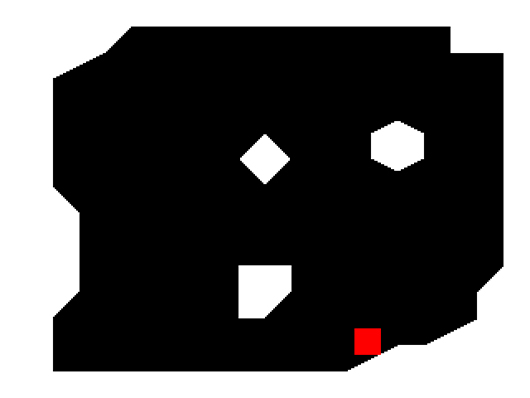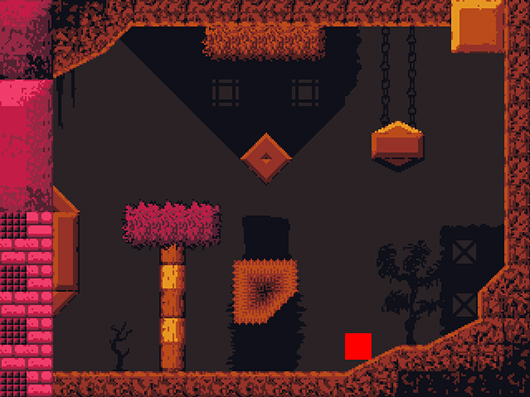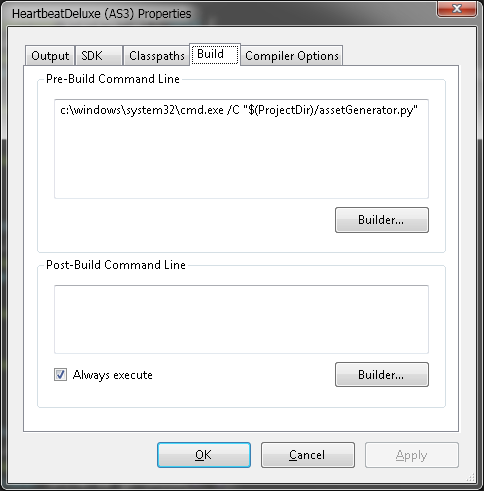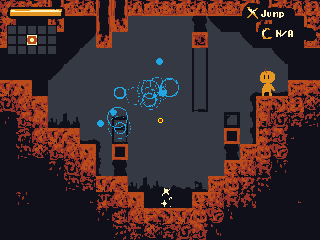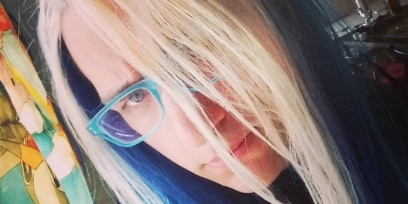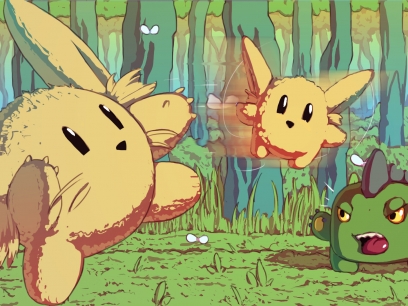Dev Log: Slopes and Slopes
Still working on the re-make of my Global Game Jam game! The most recent development I can talk about is this:
Look at those beautiful SLOPES! I haven't actually done any platforming with slopes since all the way back in 2009 when I first made Jottobots (and before that, Verge.) This is my first time doing slopes of any sort in Flashpunk. There were a couple of hurdles to get over to get them working smoothly though.
Look at those beautiful SLOPES! I haven't actually done any platforming with slopes since all the way back in 2009 when I first made Jottobots (and before that, Verge.) This is my first time doing slopes of any sort in Flashpunk. There were a couple of hurdles to get over to get them working smoothly though.
2 Comments








